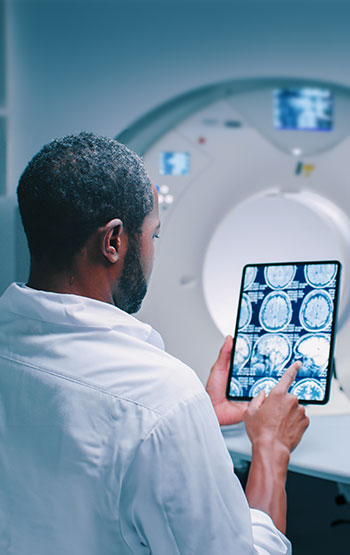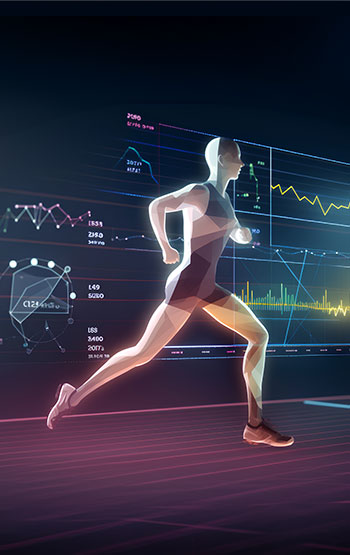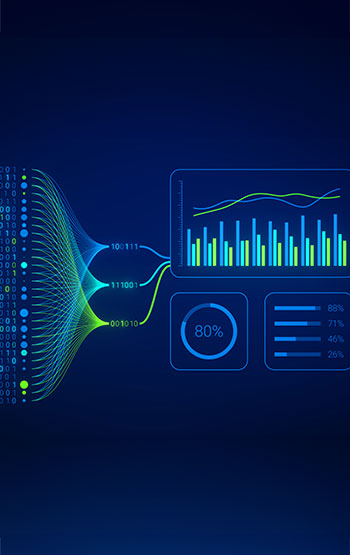M. Sc. Dominik Beyer
- ESS/ Research Associate
- Group: Prof. Stork
- Phone: +49 721 9654 752
- beyer ∂does-not-exist.fzi de
- www.fzi.de/team/dominik-beyer/
Forschungszentrum Informatik (FZI)
Haid- und Neu-Str. 10 - 14
76131 Karlsruhe

Image and video processing
In image processing, images are analyzed to recognize patterns, features or structures. This includes tasks such as object recognition, classification, image segmentation, feature extraction and image reconstruction. Video processing extends this concept by analyzing a sequence of images. This enables sequence recognition, tracking of objects over time, video analysis and much more. Applications of image and video processing are diverse. They are used in healthcare for medical imaging, process analysis and diagnosis, in robotics for autonomous navigation of robots, in security technology for the detection of violence and in many other areas. The continuous development of technologies and algorithms in image and video processing is constantly opening up new possibilities for mastering complex visual challenges and realizing innovative applications.

Human Action Recognition
Human Action Recognition (HAR) deals with the recognition of human actions. For this purpose, algorithms and techniques are developed that enable computers to recognize, analyze, and classify human movements in videos. The overall goal of HAR is to enable computers to automatically understand and interpret human actions. Applications of HAR can be found in various fields, such as surveillance systems to detect anomalous behaviors, sports analytics to evaluate movements and performance, medical diagnosis to assess rehabilitation status, or human-machine interaction in understanding gestures. The challenge of HAR lies in the variation of motions, viewpoints, and backgrounds. However, advances in recent years have led to impressive results in this vital area and are helping computers achieve increasingly accurate interpretation of human motion.

Data analysis with machine learning techniques
Data analytics involves analyzing large amounts of data using algorithms that increasingly include machine learning methods. By combining data analytics and machine learning, more complex and hidden patterns, relationships, and insights can be discovered in the data that were previously buried. Possible applications are extremely diverse and have a significant impact on various sectors. In healthcare, this includes supporting medical diagnosis by assisting medical staff in identifying diseases and optimizing treatment plans, thus helping to minimize risk. With the continuous development of technologies and algorithms in data analysis and machine learning, new opportunities and innovative solutions are constantly emerging.
| Title | Type | Date |
|---|---|---|
| Real-time speech analysis for research and medicine | Bachelor- / Masterthesis | ab 11 / 2025 |
| Development of a digital AI language companion for older people | Bachelor- / Masterthesis | ab 11 / 2025 |
| OR process analysis - safety during an operation | Bachelor- / Masterarbeit | ab 11 / 2025 |
| Measurement of social interaction based on speech evaluation | Bachelor- / Masterarbeit | ab 11 / 2025 |
| Anomaly detection in videos | Bachelor- / Masterarbeit | ab 11 / 2025 |

